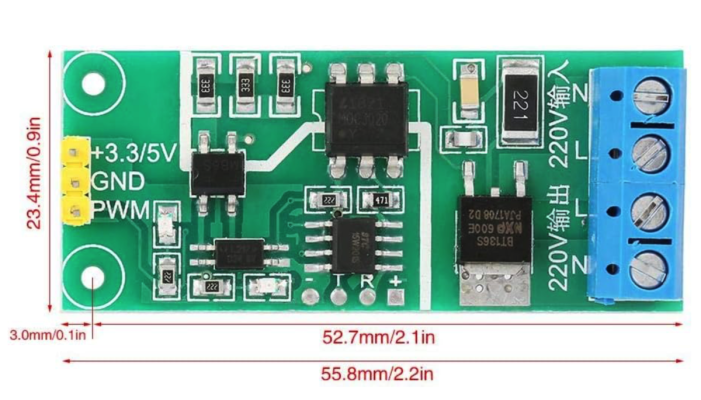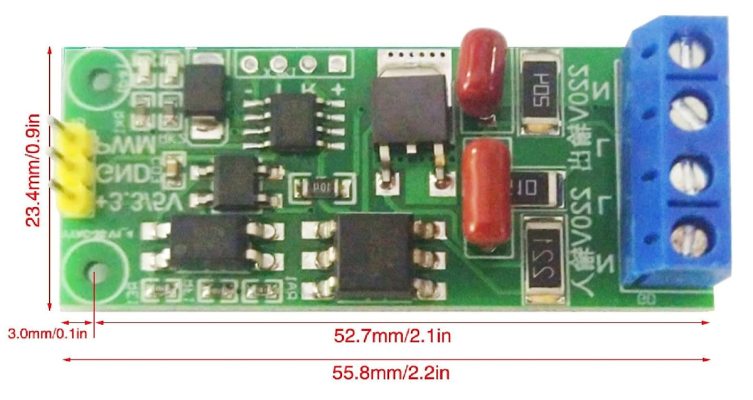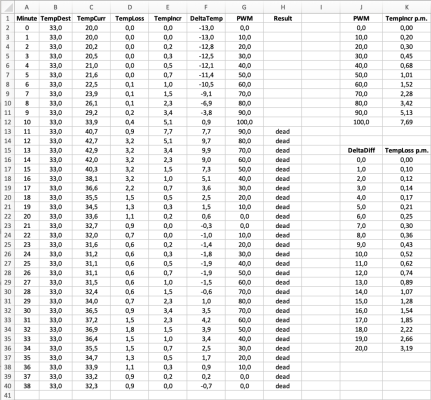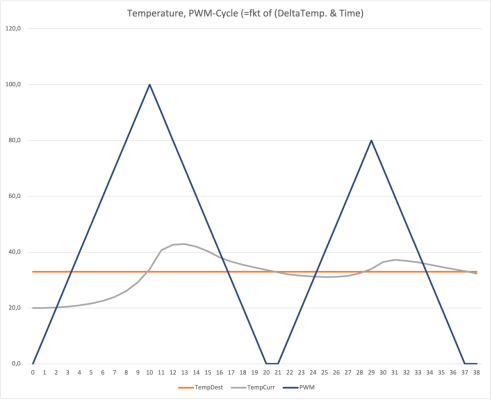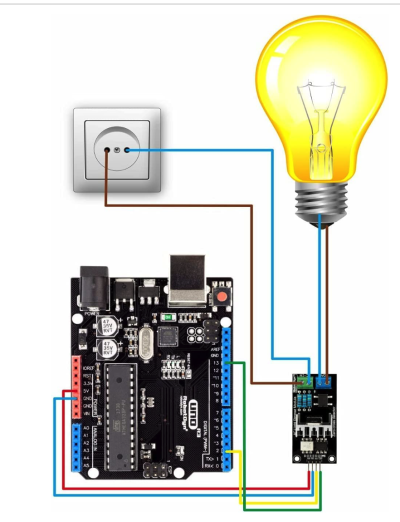- Joined
- May 3, 2020
- Messages
- 62
- Reaction score
- 60
I have an incubator that I use to incubate Testudo Hermanni eggs. For this I use a RPI with Reef-Pi.
While the temperature control works great for my aquarium, I have major problems with the incubator:
The temperature in the aquarium runs within the set hysteresis around the set point.
But the temperature in the incubator shows a fluctuation range of 2 - 3 degrees Celsius, although I have set 0.1 degrees Celsius as hysteresis.
A DS18B20 serves as temperature sensor.
I assume that the 'inertial mass' - air instead of water - is much too low and that is why the overshoots occur.
Therefore, I imagine a proportional control instead of a 2-point control for the temperature as a solution: The heating power adapts to the difference between the set temperature and the actual temperature. This can be done very well via PWM.
In Reef-Pi, a PWM connection should also be selectable under temperature control. Two parameters would be useful: offset and slope.
Can this be implemented in Reef-Pi?
Or is there another solution or a work-around?
I am grateful for any suggestion for a solution.
While the temperature control works great for my aquarium, I have major problems with the incubator:
The temperature in the aquarium runs within the set hysteresis around the set point.
But the temperature in the incubator shows a fluctuation range of 2 - 3 degrees Celsius, although I have set 0.1 degrees Celsius as hysteresis.
A DS18B20 serves as temperature sensor.
I assume that the 'inertial mass' - air instead of water - is much too low and that is why the overshoots occur.
Therefore, I imagine a proportional control instead of a 2-point control for the temperature as a solution: The heating power adapts to the difference between the set temperature and the actual temperature. This can be done very well via PWM.
In Reef-Pi, a PWM connection should also be selectable under temperature control. Two parameters would be useful: offset and slope.
Can this be implemented in Reef-Pi?
Or is there another solution or a work-around?
I am grateful for any suggestion for a solution.







